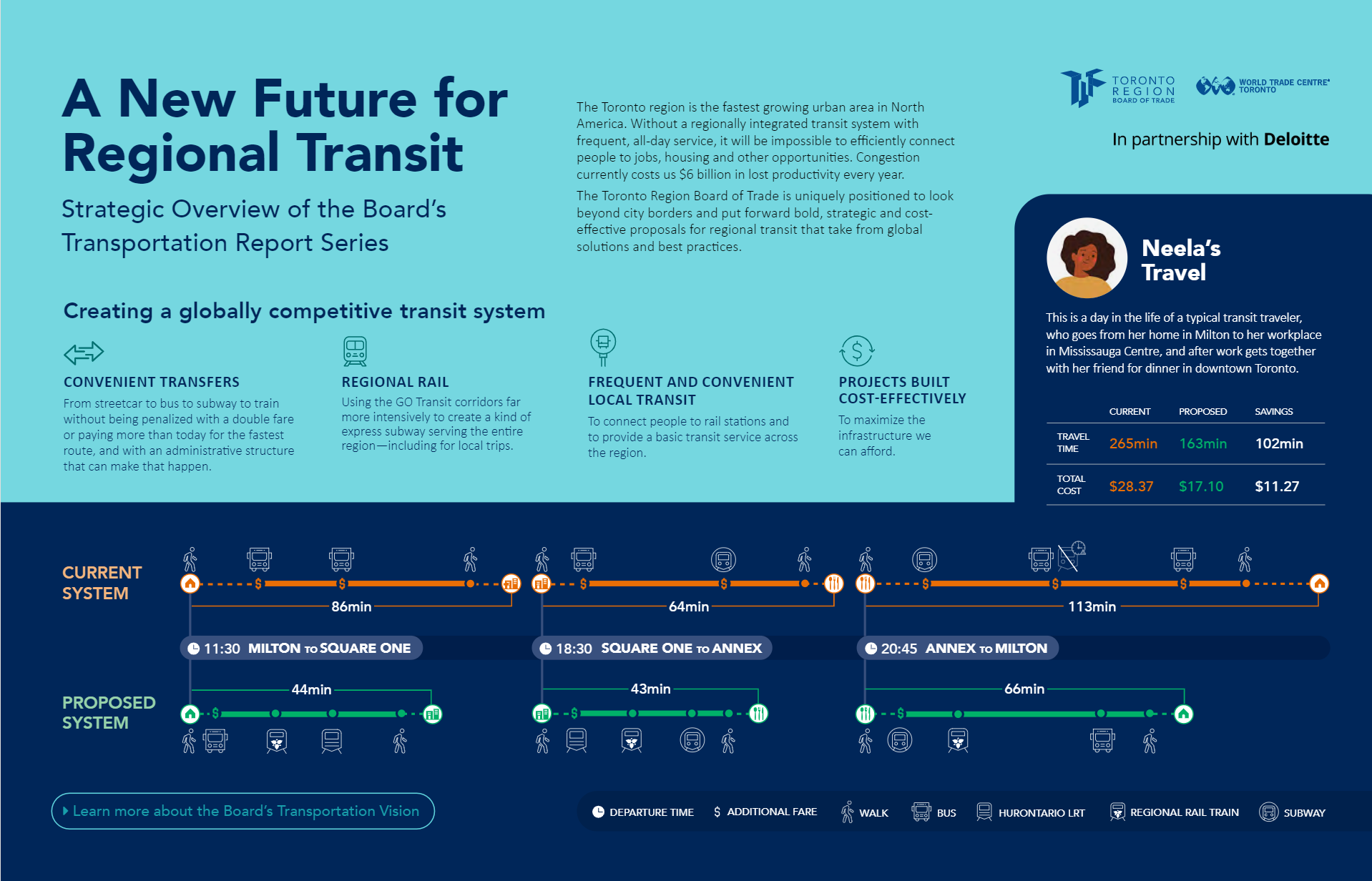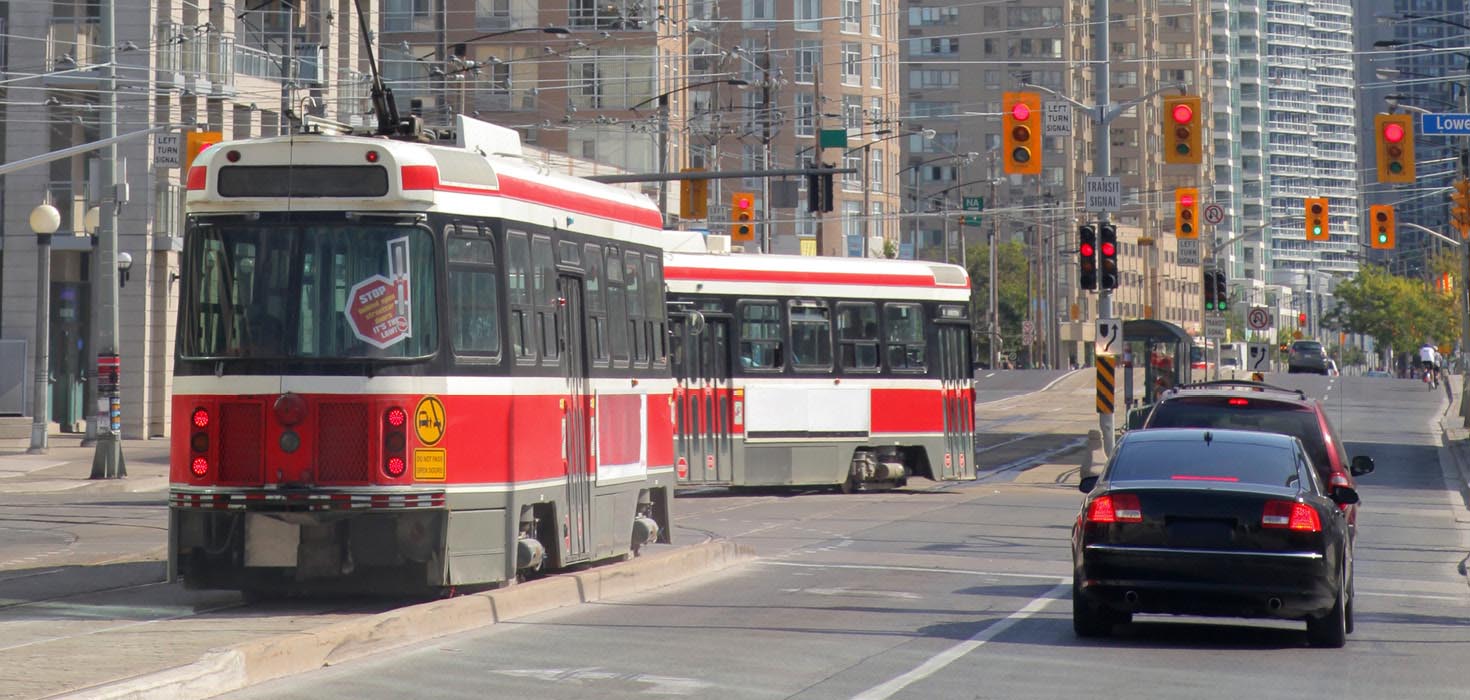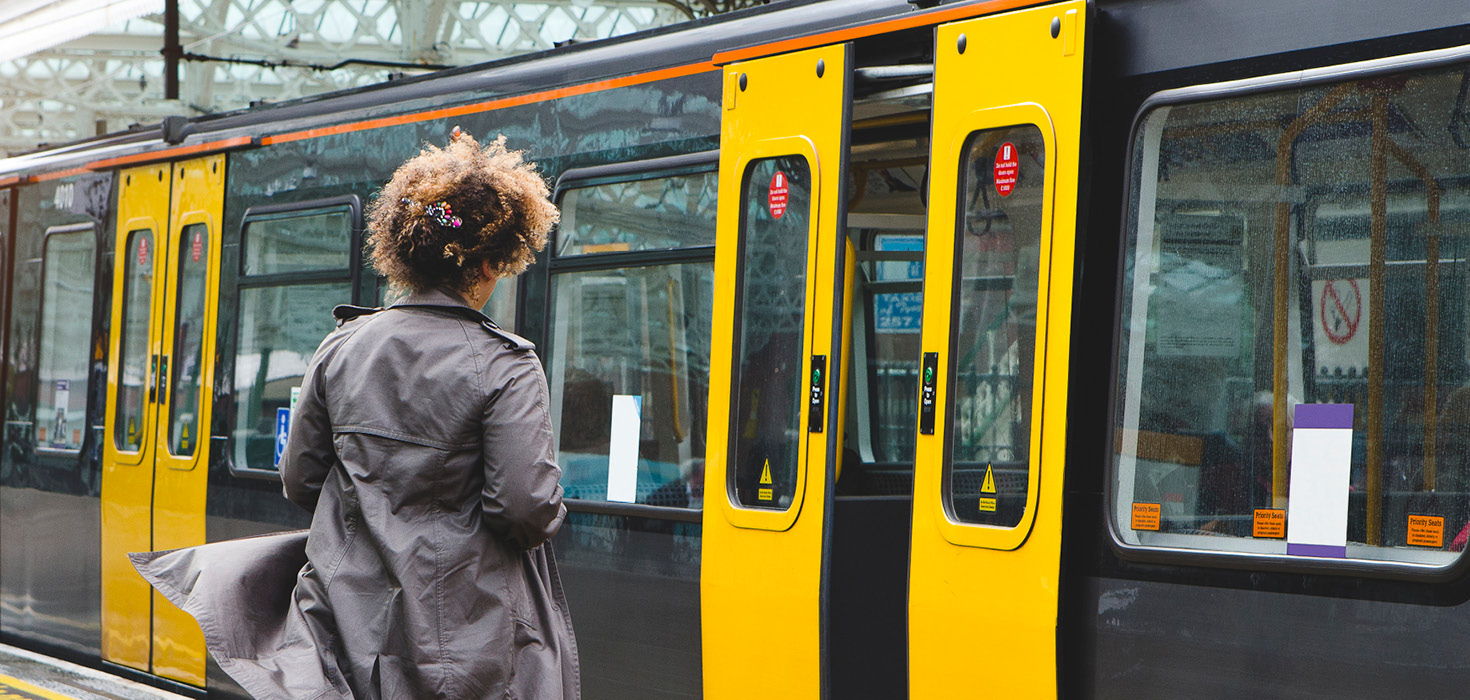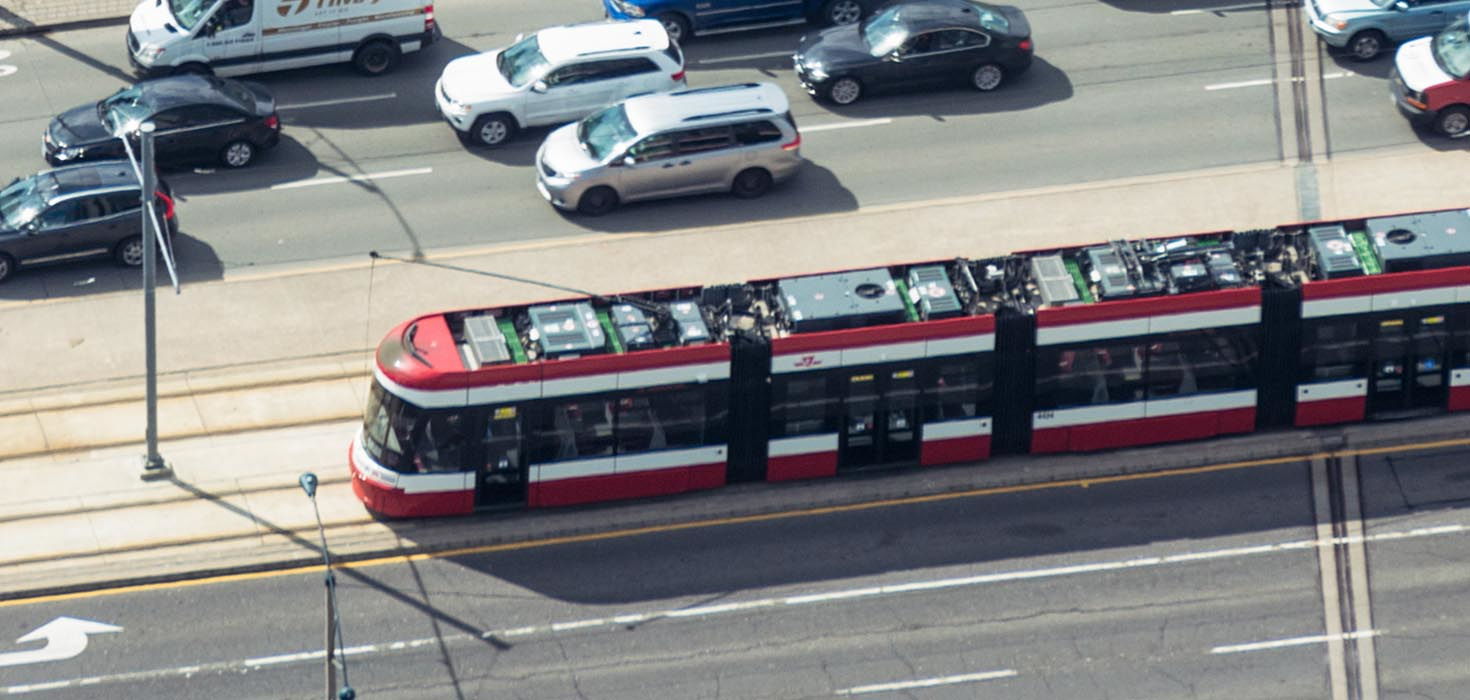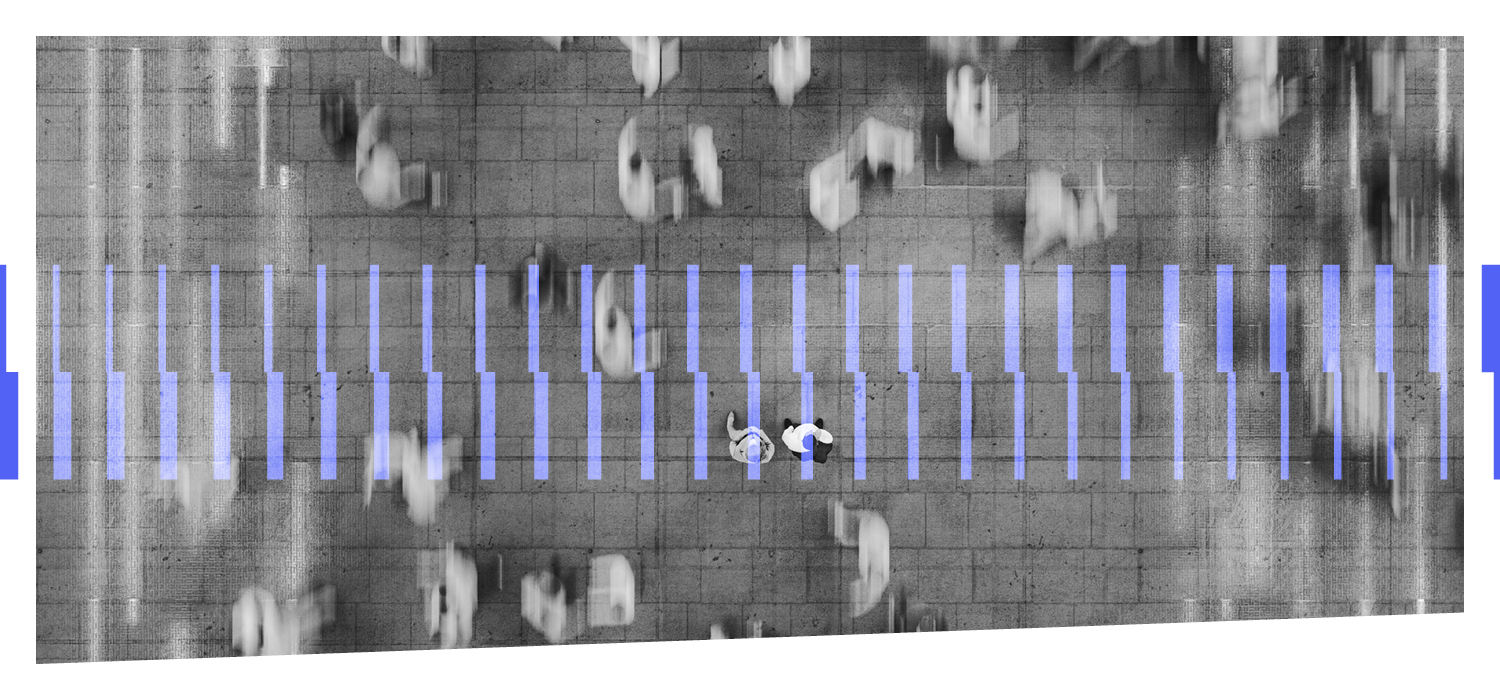Summary
We have identified four guiding principles for building a universally accessible and globally competitive local mobility system, supported by an examination of success stories and challenges in this region and elsewhere. Making these key recommendations core tenets of regional transportation policy, instead of ad-hoc solutions in some parts of the region, would build the foundation needed to make help residents choose not to own a vehicle or to leave their car at home.
Improve Accessibility
To ensure that all residents of the region have access to jobs, education, and other opportunities, it is essential to provide a level of service that guarantees the ability to travel anytime, without needing to wait too long for a vehicle. This means:
- A clear region-wide 10-minute frequency service standard to enable “turn up and go” travel on all major routes
- Creating the right environment to support partnerships and innovative approaches to providing mobility, like technologically enabled on-demand transit, especially where high-frequency service is not feasible
Improve Infrastructure
Local transit also needs to be reliable and time-competitive, which means infrastructure to prioritize transit wherever possible. This includes:
- A comprehensive plan to identify and prioritize infrastructure improvements by rider-minute saved
- Continued expansion of dedicated transit lanes in busy corridors
- Transit signal priority
- Improvements to make bus stops more attractive and usable
Improve Integration
The Toronto region is an integrated economic and social unit, but its transit system is fragmented between agencies and between modes. A universal transit service means:
- Fare, schedule, and service coordination, so that transfers are seamless—even across agency and municipal boundaries (as outlined in Erasing the Invisible Line)
- Making connections as easy as possible.
- Planning for other mobility choices in the same way that we plan for transit, including modeling micro and on-demand mobility
Improve Innovation and Multimodality
Transit can benefit from the digital and green revolution. Taking advantage of new technologies can enable better planning, better integration with other modes, and more innovative ways of transit service. This means:
- More dynamic planning and modelling such as using digital twins to model the system and explore innovative ways of providing service
- Data sharing with other providers to facilitate development and adoption of innovative solutions
- Integration between public and private operators to continue to enable micro transit, bike share, and ride sharing
- Implementing infrastructure to support new technologies like automated shuttles
- Activating the business community to incentivize and promote smarter, greener mobility choices
A New Future for Regional Transit
Read what four steps the Toronto Region needs to take in order to build world-class public transit. Click here to open a high-res copy in a new tab.
